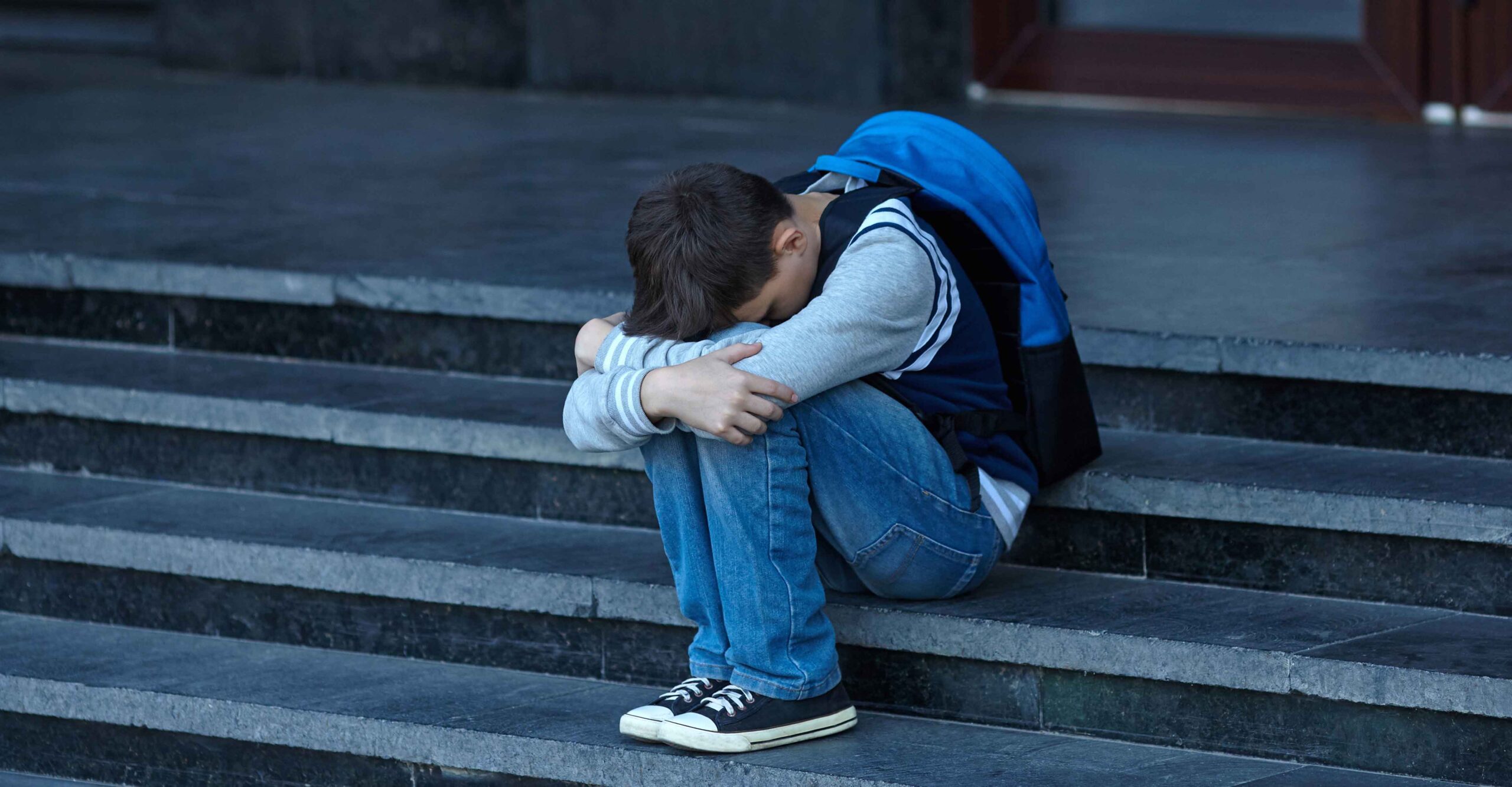Picture Source : DistanceCME
In recent years, adolescent mental health in the United States has emerged as a major public health concern. According to a 2022 analysis published in the American Journal of Preventive Medicine, nearly 20% of adolescents experienced a major depressive episode in 2020, compared to 15% in 2015. This significant increase reflects a complex systemic crisis fueled by social, cultural, and structural factors.
Underlying Factors in the Decline of Mental Health
1. The Predominant Role of Social Media
Social media has become a key variable in the study of adolescent behavior. An average daily exposure of more than five hours on platforms such as Instagram or TikTok correlates with increased levels of psychological distress. Researchers hypothesize that adolescents internalize societal ideals presented online, exacerbating issues of self-esteem.
2. Academic Pressures and Rigid Social Norms
Academic expectations and prevailing social norms significantly heighten adolescent anxiety. Approximately 61% of youth report feeling pressured to achieve academically, while 30% cite stress related to social and physical conformity. These factors can be interpreted as chronic stressors contributing to the development of depressive disorders.
3. Psychological Consequences of the COVID-19 Pandemic
The pandemic acted as a catalyst, disrupting social and educational structures. Prolonged isolation and uncertainty about the future have been identified as predictors of depressive states among adolescents. These findings underscore the importance of developing community-level adaptive mechanisms.
4. Limited Access to Mental Health Services
Inequalities in access to specialized care remain a major challenge. Financial barriers, a shortage of mental health professionals, and stigma persist as obstacles to effective care. This structural gap calls for a revision of public policies.
5. Exposure to Violence and Trauma
Recent data reveals that nearly 57% of American high school girls report feeling sad or hopeless. Cases of sexual violence and other psychosocial traumas significantly contribute to this heightened vulnerability.
Systemic Consequences of the Crisis
The prevalence of mental health disorders among adolescents has profound societal repercussions. These impacts include school dropouts, increased risky behaviors, and long-term physical health vulnerabilities. Suicide, as the second leading cause of death in this age group, highlights the urgency of addressing this issue.
Strategies and Recommendations for Effective Intervention
To address this crisis, multidimensional approaches are essential:
- Expanding Mental Health Service Capacity: Invest in training specialized professionals and reducing the cost of care.
- Implementing Preventive Programs: Incorporate modules on stress management and resilience into school curricula.
- Regulating Social Media: Enforce content regulations to promote positive online practices.
- Enhancing Parental Support: Provide resources for families to detect and respond to early signs of psychological distress.
Conclusion
The adolescent mental health crisis in the United States reflects a complex societal dynamic requiring a coordinated response. Future research must delve deeper into the correlations between systemic and individual factors to design targeted interventions. Without significant action, the consequences could permanently undermine social cohesion and the future of this generation.







